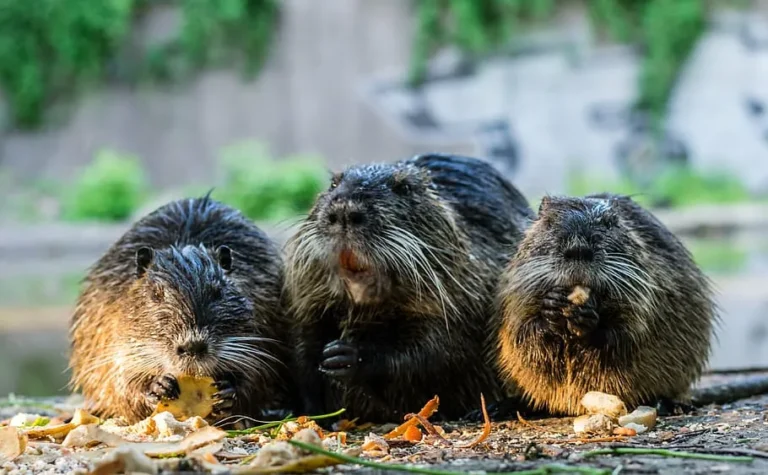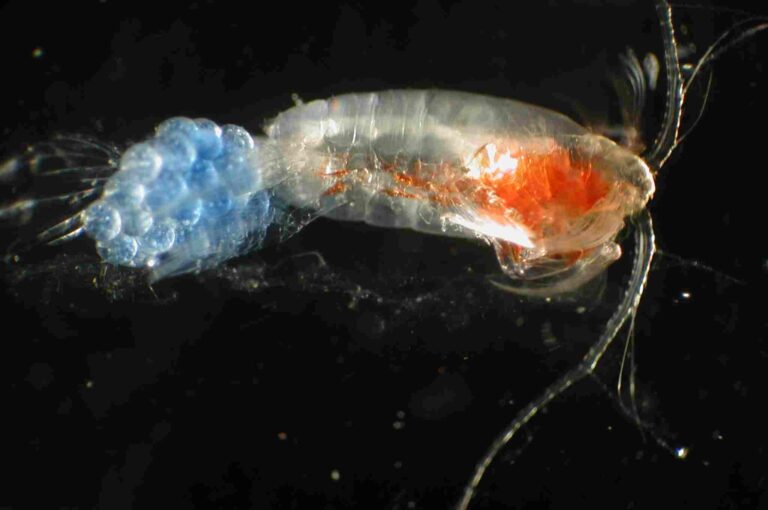Agroforestry Meaning, Principle and Objectives Explained
Agroforestry is a sustainable farming principle that encourages the planting of forest vegetation among crops and livestock on a farm. This article discusses agroforestry meaning, principle and objectives, as follows;
-Agroforestry Meaning: 5 Ways to Define Agroforestry
-Working Principle of Agroforestry
Agroforestry Meaning: 5 Ways to Define Agroforestry
Agroforestry is a system of agriculture that encourages the cultivation of woody perennial species like trees, bamboos and shrubs, among agricultural crops and livestock [1].

One of the most important perspectives from which we can define agroforestry is the ecological perspective. This is shown in the agroforestry meaning below;
Agroforestry is the deliberate planting of trees on agricultural land in a bid to achieve ecologic sustainability by mimicking the conditions of natural forests.
An alternative agroforestry meaning is given below which portrays it as a method of landscape (or land resource) management;
Agroforestry is a method or system of land management that uses a dynamic combination of trees and non-woody plants species to establish a degree of biodiversity which is essential for crop and livestock growth.
The following agroforestry meaning describes it as a principle of sustainable agriculture;
Agroforestry is a sustainable agricultural principle which is similar to biodynamic farming, and aims to optimize productivity by replicating the diverse, resilient conditions of natural forest.
It can be argued that agroforestry does not seek solely to mimic forests, but all sustainable natural ecosystems including deserts, tundras and grasslands; since it combines species of very diverse ecological contexts and unifies their growth and metabolism with the natural trend of ecologic cycles and processes like biodegradation and carbon sequestration.
The purpose or objectives of agroforestry are highlighted in the final agroforestry meaning that is given below;
Agroforestry is the practice of growing forest species like trees and shrubs on agricultural land, in a bid to increase ecologic resilience, mitigate environmental impacts and hazards like pollution, erosion and climate change; and boost the productivity or yield of crops and livestock [2].
Working Principle of Agroforestry
Agroforestry works by ecologic diversification, interaction and integration. Each of these three factors is discussed below;
1). Ecologic Diversification (as part of the Working Principle of Agroforestry)
Ecologic diversification is a crucial step as well as the basic foundation of the working principle of agroforestry, so that it must be mentioned when explaining how agroforestry works.
In agroforestry, ecologic diversification refers to the presence of multiple species of different ecologic orientations, within the same ecosystem.
Here, these species are mainly agricultural and forest (or woody perennial) vegetation; along with the animals and microorganisms which each group attracts or supports.
Diversification is used to express the establishment of biodiversity on the farm, where the scope of species’ categories and characteristics is broadened to accommodate different organisms that make up a robust ecosystem.
2). Ecologic Interaction
After the species in an agroforest have been diversified, the sustainability of the ecosystem formed by these organisms depends on the effectiveness of their interactions.
These interactions include commensalism, mutualism, parasitism, ammensalism, and competition.
Ecologic interaction is what makes the energy pyramid functional in any ecosystem, by facilitating effective transfer of bioenergy through feeding relationships.
3). Ecologic Integration (as part of the Working Principle of Agroforestry)
Integration is the outcome of productive and effective interactions between various species in an agroforest.
Forest and agricultural species can be said to be integrated when they coexist and cooperate to share and recycle natural resources in a manner that supports their growth and survival.
Objectives of Agroforestry
Objectives of agroforestry are;
1). Increase in Biodiversity
2). Ecologic Resilience
5). Productivity Improvement
Conclusion
Agroforestry is a system of agriculture that supports the cultivation of trees, shrubs and other woody perennial species on land that is occupied by agricultural crops and/or livestock.
Agroforestry works by;
1. Ecologic Diversification
2. Ecologic Interaction
3. Ecologic Integration
Objectives of agroforestry are; increase in biodiversity, ecologic resilience, soil conservation, water conservation, and productivity improvement.
References
1). Partey, S. T.; Sarfo, D. A.; Frith, O.; Kwaku, M. Y.; Thevathasan. N. V. (2017). “Potentials of Bamboo-Based Agroforestry for Sustainable Development in Sub-Saharan Africa: A Review.” Agricultural Research 6(1). Available at: https://doi.org/10.1007/s40003-017-0244-z. (Accessed 17 November 2022).
2). Uthappa, A. R.; Chavan, S.; Handa, A. K.; Newaj. R.; Kumar, D.; Sridhar, K. B.; Chaturvedi, O. P. (2017). “Agroforestry- A Sustainable Solution to Address Climate Change Challenges.” Agroforestry for Increased Production and Livelihood Security (pp.1-22). Available at:




